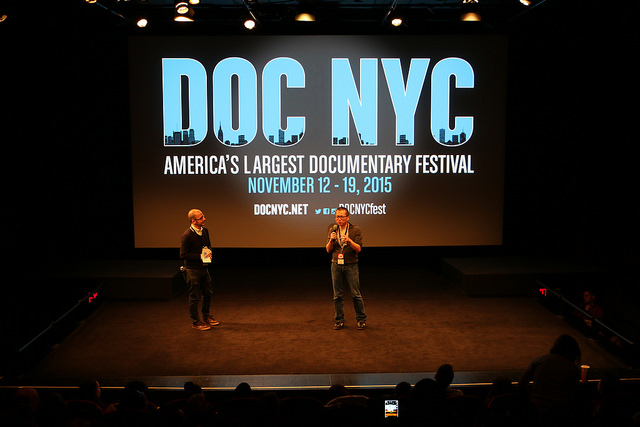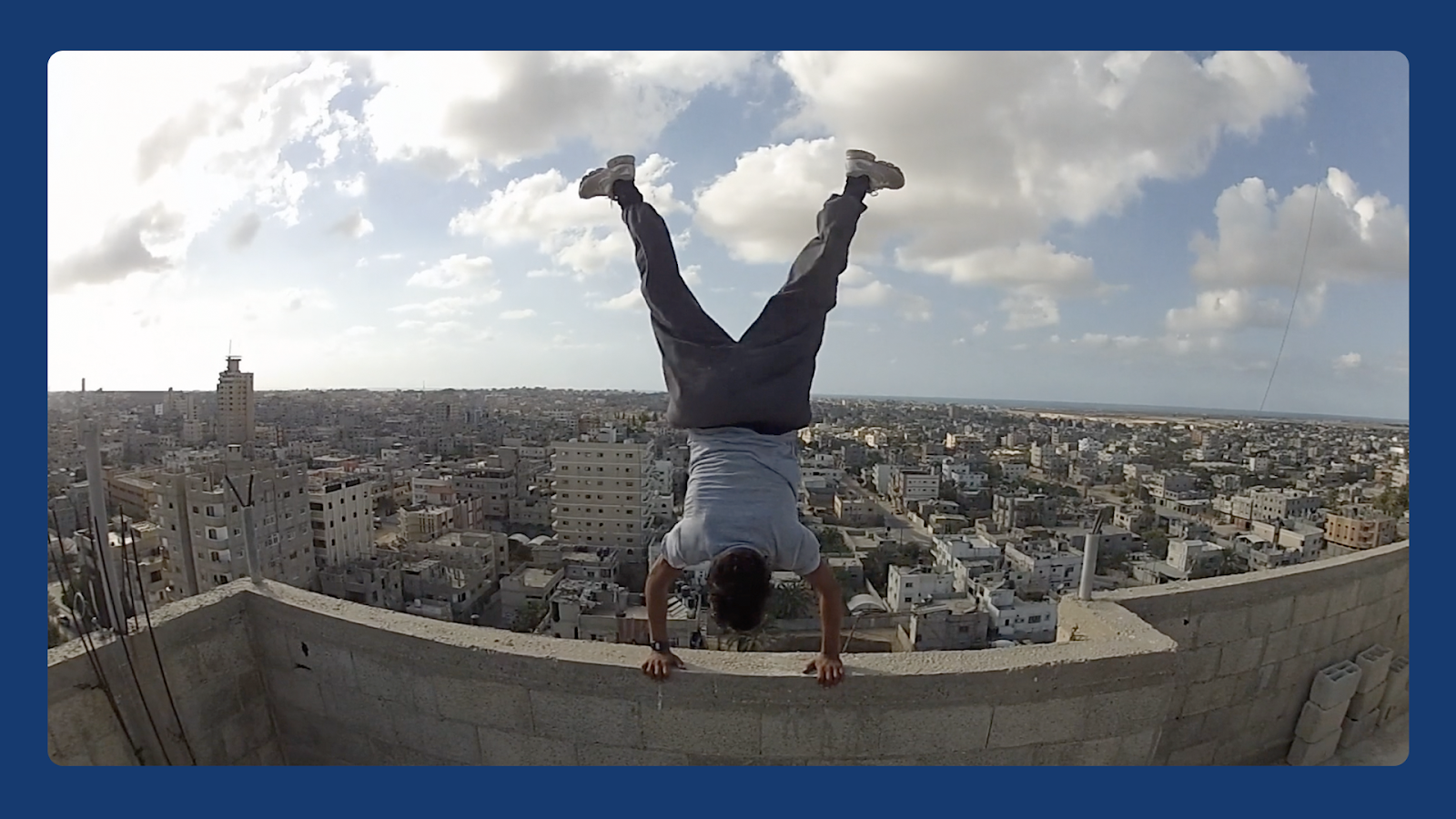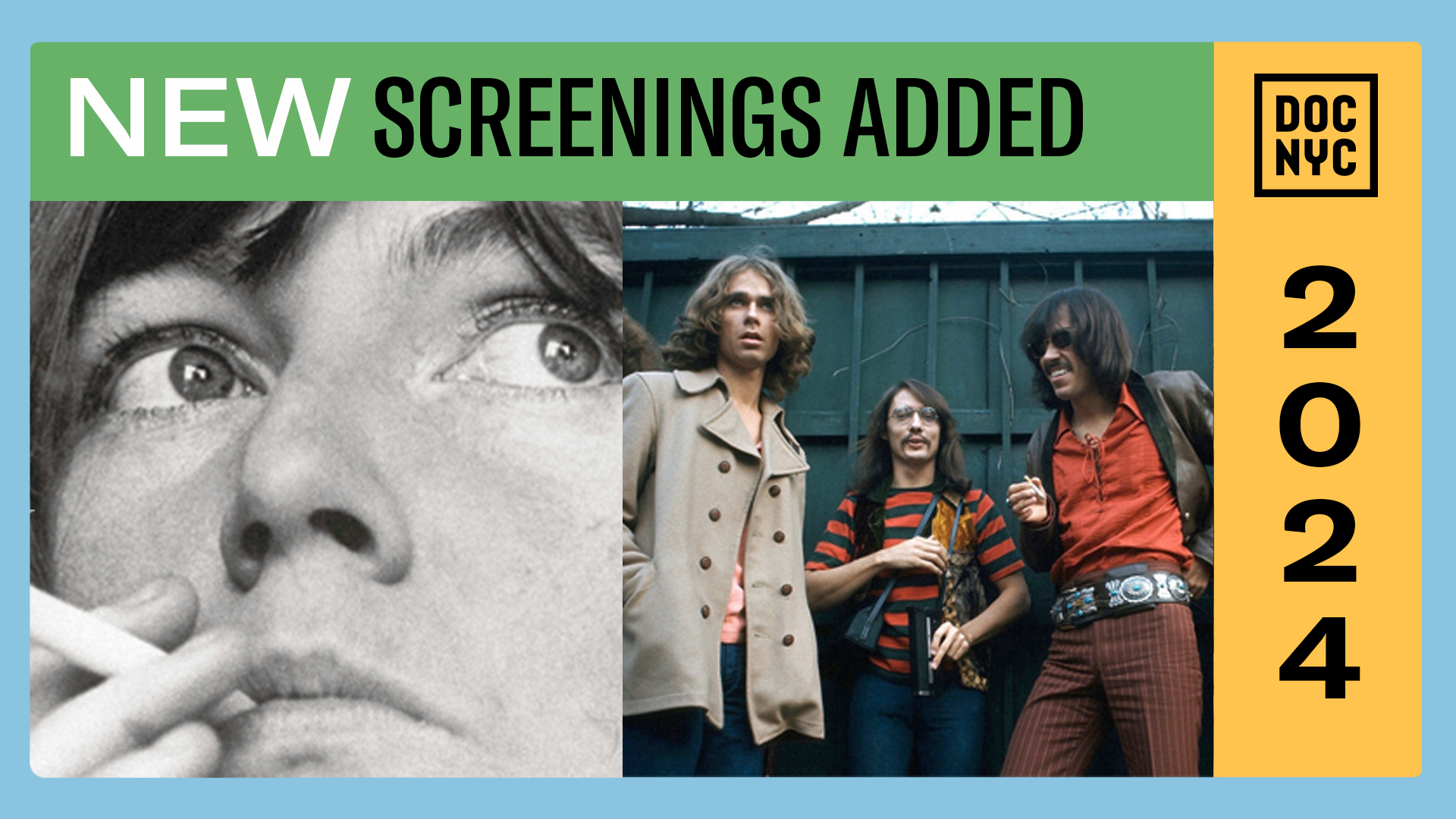The Grueling Path to NYC’s Top High Schools “All they have to do is do well on that test, and you’re in a whole new world.”


Written by Laura Dattaro
For New York City middle schoolers, high school is a looming presence. The students must not only choose which schools they’d like to attend, but take tests, go on interviews, write essays, and audition to land a seat at a desk. In the documentary Tested, which had its world premiere at the 2015 DOC NYC festival, director Curtis Chin follows a dozen students as they take a tough exam to get into one of the city’s three specialized high schools, Stuyvesant High School, the Bronx High School of Science, and Brooklyn Technical High School. (Chin missed a Tuesday afternoon screening in order to show his film at the White House.)
Designed to pick out only the most academically promising students, the Specialized High School Admissions Test is administered to some 30,000 students every year; about one in six gets in. Particularly for lower-income students, placement in one of these schools can be a launching pad to a better life. “All they have to do is do well on that test, and you’re in a whole new world,” Mike Mascetti, director of test-prep organization Science Schools Initiative, says in the film.
But in recent years, some groups have questioned the use of the test as the sole admissions criteria for something so life-changing. In 2012, the NAACP’s Legal Defense and Educational Fund filed a federal civil rights complaint about the test, arguing that it perpetuates existing racial disparities at the top schools by denying opportunities to black and Latino students who may not have access to the resources needed for test preparation.
Proponents of the test argue that its objectivity–two and a half hours of multiple-choice questions in math and English, subjects every school teaches–erases any opportunity for bias. If you study for the test, the reasoning goes, you can go to the best schools, regardless of race or socioeconomic status.
But preparing for the test can be time-consuming, stressful, and expensive. The parents of one family profiled by Chin spend $5,000 a year to send their three children to test prep courses, an astonishing 20 percent of the family’s $25,000 annual income. Some kids start preparing for the high school exam as early as kindergarten. “This is like the Ivy League, basically, for the rest of us,” one Upper West Side mother says in the film.
While the debate rages on, the kids in Tested worry, sometimes heartbreakingly, over what their futures will look like if they don’t make it to the right school. In the end, some win out, while some lose, but all of them come out sounding more mature than their 12 or 13 years. “If you have a goal, you have to have a plan,” says one girl who failed the exam. “Otherwise, it just becomes a wish.”
Laura Dattaro is a freelance journalist in New York and has written for the Columbia Journalism Review, symmetry magazine, and others. Follow her on Twitter at @ldattaro


